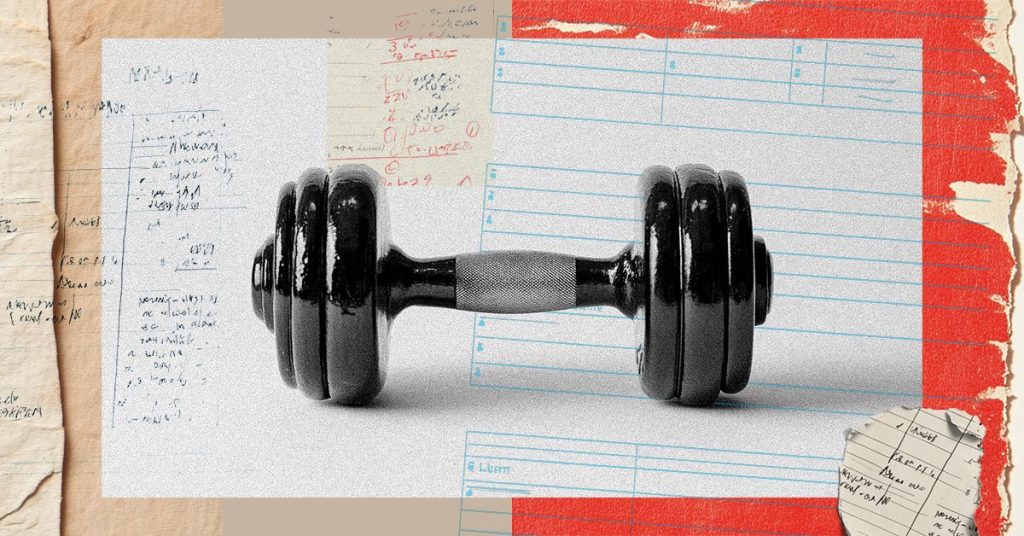When you’re just starting out at the gym, it can feel like there’s a mountain of information about what exercises to do and what to avoid. Everyone seems to have a strong opinion, and it’s easy to get confused or even overwhelmed. While no exercise is truly "off-limits," some are definitely better than others, especially if your main goal is to build muscle and get stronger without wasting time. We want exercises that give us the most bang for our buck. This guide will look at six common exercises beginners often do that more experienced bodybuilders tend to skip, and suggest some smarter alternatives.
Behind-the-Neck Barbell Shoulder Press
This one is often criticized for a good reason. Pushing a heavy weight behind your neck puts a lot of strain on your shoulders, which can lead to pain and injury over time. It forces your arms into an awkward, weak position, making the exercise less effective and potentially dangerous. The good news is there’s an easy fix! Instead, grab dumbbells and hold them at shoulder level with your elbows forward and palms facing each other (like you’re at the top of a parallel bar pull-up). This keeps your shoulder joint in a much safer and stronger position. From there, press the dumbbells straight up and lower them slowly until they’re just above your shoulders.
Front Squat
While front squats can be great for experienced lifters, especially for targeting your quads and core while being easier on your lower back, they’re often too tricky for beginners. The biggest hurdle is simply holding the barbell comfortably and securely on your shoulders. If you’re spending all your energy just trying to keep the bar in place, you won’t be able to effectively challenge your leg muscles. Unless you’re already a pro at front squats, you’re better off mastering the traditional back squat, trying goblet squats, or even Bulgarian split squats. These alternatives offer more stability, allow you to lift heavier as you get stronger, and will do a much better job of building your leg muscles.
Behind-the-Neck Pull-Down
Similar to the behind-the-neck shoulder press, this exercise can be risky. It puts your shoulders in an unnatural, vulnerable position and makes it hard to properly work your back muscles with enough weight. The potential for injury often outweighs any benefits. While it might hit certain parts of your upper back, there are far more effective and safer ways to build a strong back. Stick with exercises like pull-ups, chin-ups, regular front pull-downs, barbell and dumbbell rows, or machine rows. These will let you lift heavier and build more muscle without putting your shoulders at risk.
Too Much Isolation Work
It’s common for beginners to spend a lot of time on "isolation" exercises like bicep curls or chest flyes right at the start of their workout. While these have their place, "compound" exercises are far more effective for building overall muscle and strength. Compound movements, like squats, deadlifts, presses, and rows, work multiple joints and muscle groups at once, burning more calories and building more functional strength. Isolation exercises, on the other hand, focus on just one muscle group. For the best results, aim for an 80/20 split: dedicate 80% of your workout to big compound movements and use the remaining 20% for isolation exercises to fine-tune specific muscles. This approach will get you bigger and stronger much faster.
Over-reliance on Glute Bridges/Hip Thrusts
Hip thrusts became incredibly popular for building stronger glutes, and they are a good exercise. However, beginners sometimes focus too much on them, overlooking other crucial movements. While a hip thrust targets the glutes directly, foundational exercises like free-weight back squats, lunges, and Romanian deadlifts work your glutes along with many other important muscle groups in your "posterior chain" (hamstrings, lower back). These big compound moves are incredibly effective for overall strength and muscle development, including your glutes. So, as a beginner, make sure to prioritize these tried-and-true exercises before adding more isolated moves like hip thrusts to your routine.
Smith Machine Work
The Smith machine can seem appealing because it offers stability, allowing you to perform many exercises like squats and presses. However, its fixed bar path is also its biggest drawback. Your body has its own natural movement patterns, and the Smith machine forces you into an unnatural, rigid path. This prevents you from developing crucial balance and stability, which are essential for true strength. It also puts undue stress on your joints because they can’t adjust naturally to the weight. For optimal muscle growth and strength, it’s best to stick to free weights like barbells and dumbbells most of the time, saving the Smith machine for occasional use or when you’re working around a specific injury.
Starting a new fitness journey to build muscle and strength is incredibly exciting! But if you’re a beginner, resist the urge to fill your routine with every trendy exercise you see online. Instead, focus on a practical, well-planned approach that prioritizes smart, effective movements. This will lead to much better, long-lasting results you can truly be proud of.
